In addition to the other answers, consider the load line:
Load line and voltage or current gain
This example uses BJTs, but the graph plots the respective quantities. Power output is proportional to the rectangle enclosing the load line: the longer and taller, the more power is available.
Triodes, in class 1 (no grid current) operation, have a rather limited active region, as you can see. Incidentally, triodes have a pentode-like set of curves, extending for Vgk > 0*; but the grid is rarely rated to carry much current (and it will absorb a significant fraction of cathode current, being so close to it -- as well as the radiant cathode heat it's already taking, any additional dissipation is bad news!), so operation in this region is usually avoided. (Exceptions are for pulsed operation, particularly of types rated for it like 5687 for instance, or transmitter tubes that are designed to handle the extra dissipation.)
*You can see just a taste of this on the 12AX7 already, how the Vgk = 0 curve ticks up slightly at the left edge. The cathode has a small potential built in (pushed by thermal emission), effectively shifting it slightly into positive grid bias in this condition -- even though the external voltage (Vgk) is zero. This is a small effect, so is only visible on small-signal triodes, like the 12AX7. But it is indeed a real effect!
The effect of the screen grid, is to draw current flow as if grid voltage were elevated -- the cathode can "see" the screen's electric field through the grid (or rather, a fraction of it), thus mimicking the effect of positive grid voltage, but through a separate electrode.
Indeed, in the triode, the whole point is that the cathode can see a fraction of the plate voltage, which is why the plate curves are sloped significantly: roughly speaking, Ia is proportional to Vak. So it would be great to be able to emulate this effect, having a virtual plate of sorts, but without intercepting all of the beam current -- and this is where the screen grid comes in.
There is another way to deal with secondary emission: space charge of the beam itself. In suitably designed tubes, the intensity of the beam is enough to turn back secondary emission, thus reducing the "tetrode kink" that would otherwise result. Usually beam-forming plates are used to do this (reducing the beam from a nearly-full cylinder to a narrower sector).
Beam tetrodes generally perform better than pentodes, due to having a sharper knee above saturation: pentodes generally have a broad arc to this part of the curve, which can cost a fair amount of available power. (The curve also corresponds to increased screen current draw -- operating too low into saturation is likely to toaster-grid a pentode, but a tetrode doesn't mind.)
For an example of tetrode behavior, consider this old type:
https://frank.pocnet.net/sheets/049/2/24A.pdf
As you can see, dipping below about 100V is not going to produce any real useful amplifying behavior. Unless you want to operate fully in saturation, specifically to use it as a negative resistance oscillator or something.

